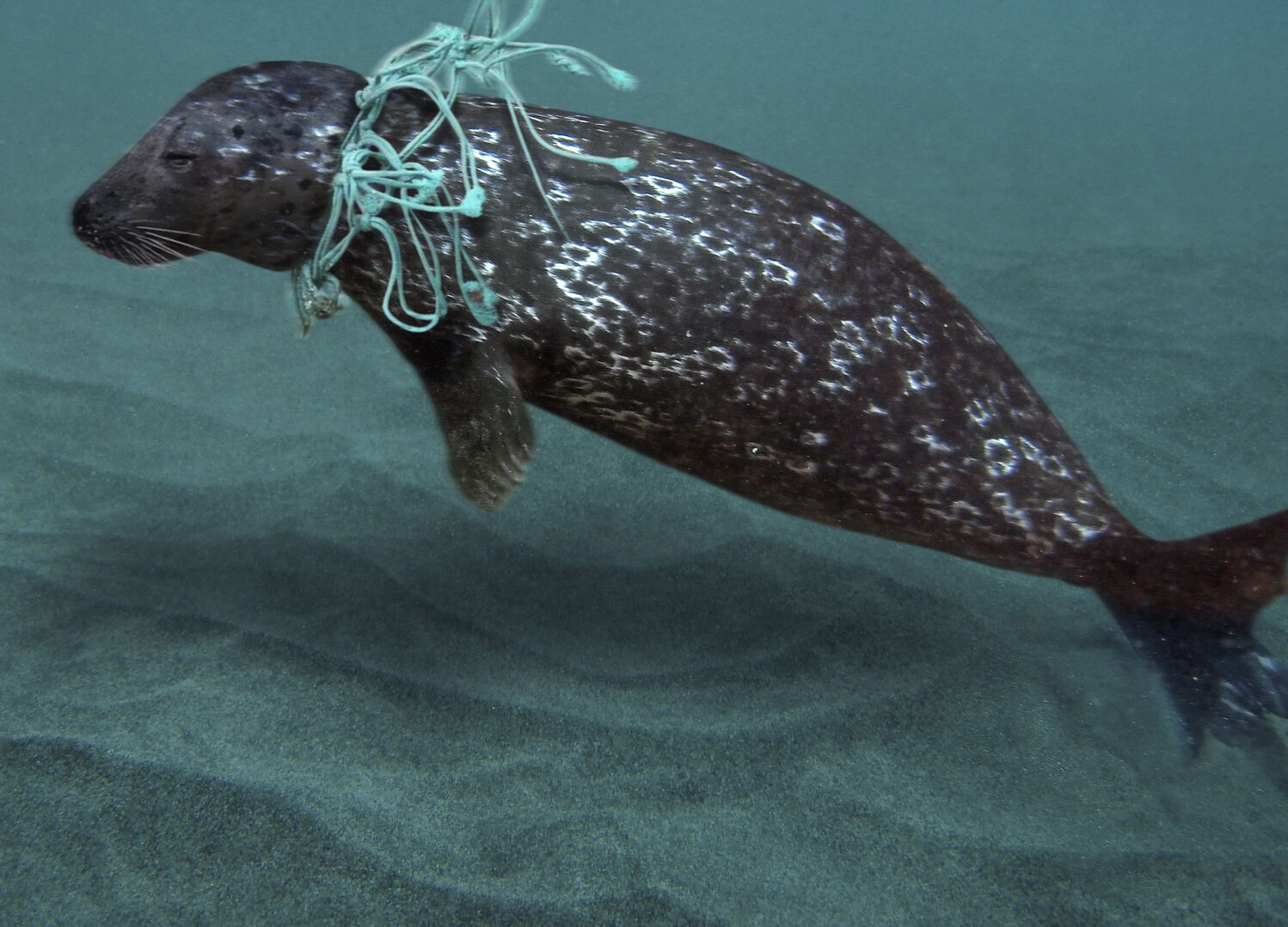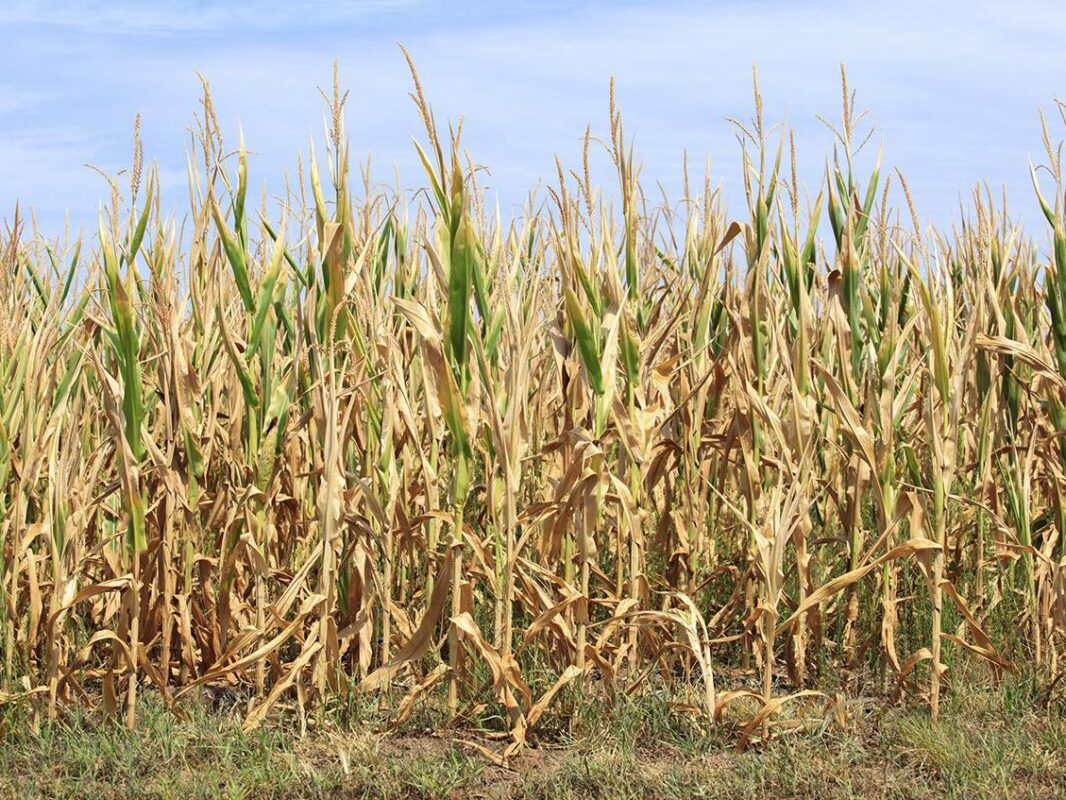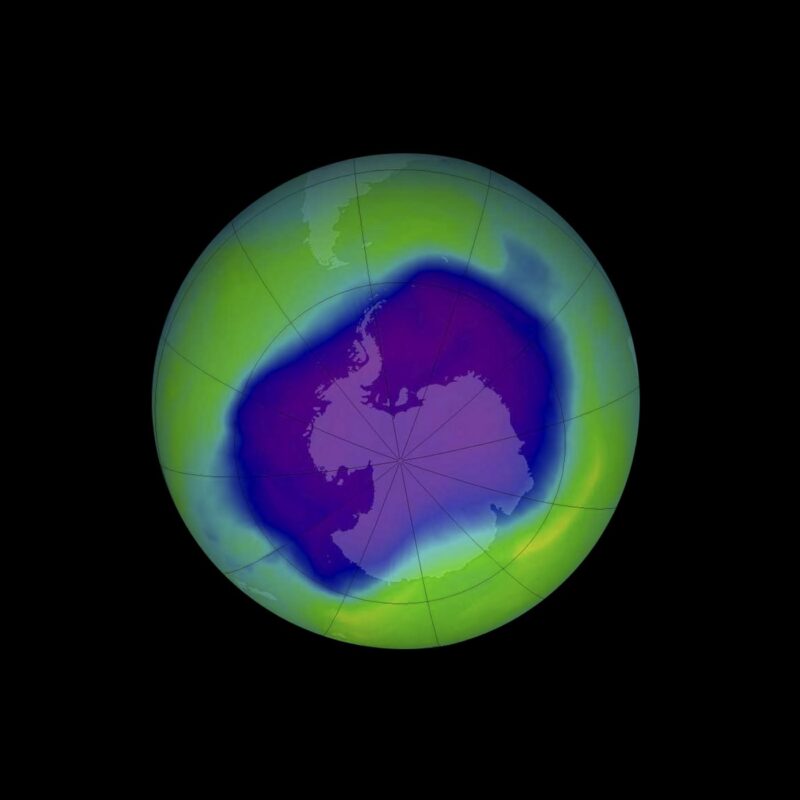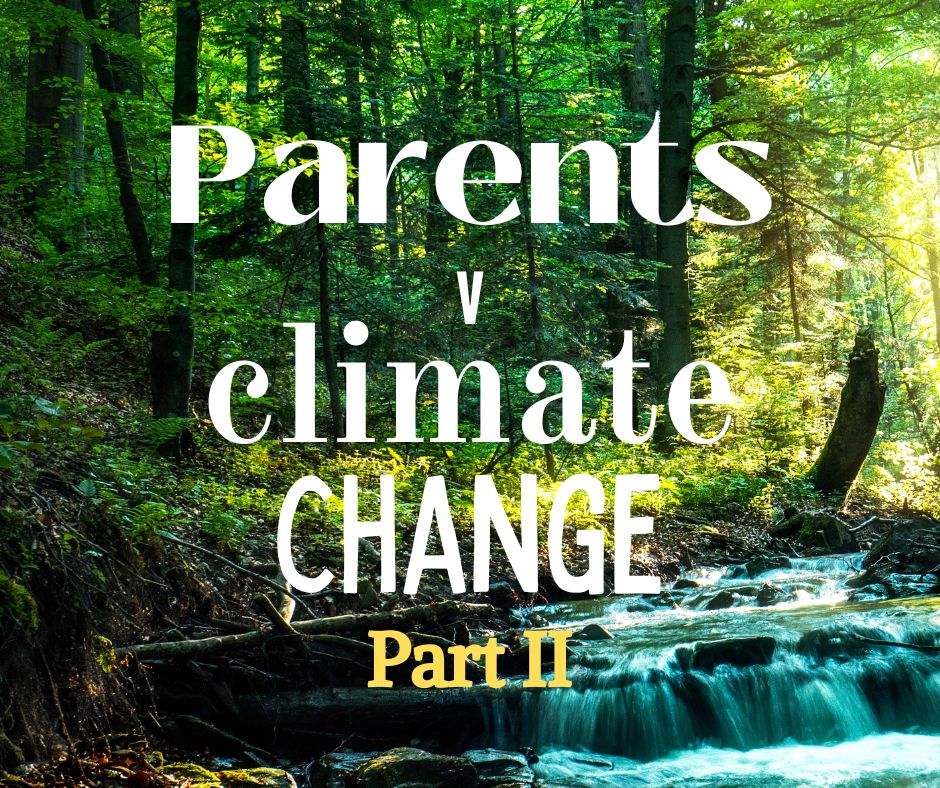Uncategorized
Parents v Climate Change II

In this post we look at: plastics, the impact of climate change, the science, alternatives to fossil fuel energy, practical steps you can take today and real hope from the past for the future.
OK, I’ve Re-cycled Now What?
Yes, you may have but what happens to it then?
To manage their own waste, developed countries often sell such waste to developing nations.
And for countries looking to develop taking in such waste is a source of much needed revenue, enabling them to fund critical infrastructure programmes presumably aimed at raising the living standards of its citizens.
So in theory via this arrangement, pressure on e.g. landfill sites in the exporter country are reduced and jobs are created in the emergent ‘green’ economy of the importer nation.
…win-win, right?
Well, not exactly
Importer countries, can be relatively typified by weak economies and in this position it is difficult for them to resist the financial proposition of hosting such harmful facilities within their borders.
Further relative differences variously include having: fewer developed or natural resources, poor legislature, ineffective environmental controls and rarely the infrastructure, to completely process such waste.
As a result, added to their own waste, millions of tonnes of imported waste, is often dumped irresponsibly, leading to contaminated waterways and reduced air quality ‘globally’.
An example of this might be plastics.
Climate Change and Plastics
Europe is the world’s biggest exporter of plastic waste which is bought by countries like; Malaysia, Vietnam, Thailand, Indonesia and the Philippines.
And as outlined above, a (very) sizable proportion of plastics not taken to landfill or recycled responsibly, invariably ends up on our beaches and in our seas and oceans.
The result, in some parts of the ocean such waste creates kilometre after kilometre of floating debris, so large they are referred to as ‘islands’.

In truth, due to their sheer size, these ‘patches’ they could easily lay claim to the term country…they are vast.
Across the globe there are 5 of these patches and the Great Pacific Garbage Patch between California and Hawaii is the biggest.
This patch measures 1,600,000 square kilometres or 620,000 sq. mi, (that’s roughly twice the size of Texas or three times the size of France) and extends somewhere between 5 and 2,000 meters below the surface.
Others include: the North Atlantic Gyre, the South Atlantic Gyre, the South Pacific Gyre and the Indian Ocean Gyre.
Plastics and Marine Life
At primary risk from waste plastic in our oceans are marine animals.
In the sea, plastic bags are ingested by marine life whilst netting from unwanted fishing boats; trap and/or entangle such animals.

Plastics and Human Health
Plastic is absurdly stubborn and not readily absorbed back into nature.
If at all, some plastics take centuries to breakdown into what is called ‘micro’ and ‘nano’ plastics and it is at this size, plastics and the toxins they absorb enter the food chain.
And at this point, there is no general consensus, concerning ‘phthalates’ (a man made compound), found in some bottles (to give durability), which are thought to damage: kidney, reproductive and nervous systems, brain, liver and lung tissue.
Climate Change and Illnesses
Extreme climate change and erratic weather patterns, i.e. increased flooding and drought, leads to low and poor-quality yield, creating ‘global’ food insecurity.
In the immediate instance this affects livelihoods and peoples capacity to work, while placing enormous stresses on the mental health and the immune system.
Not unsurprisingly, those with the most to lose, will be those affected most severely most immediately.
But this is a global issue and if nothing Covid has show just how interconnected we are, as white spaces filled western supermarkets.
Increased temperatures further affect the start, duration and intensity, of some air borne allergens like pollen and with air so compromised, conditions affecting the respiratory system such as asthma, are expected to worsen.
Most at risk from global heat stress are…
- The young with underdeveloped immune systems
- The elderly
- Anyone with a pre-existing health conditions
- Pregnant women
Between 2030 and 2050, ‘climate change is expected to cause approximately 250 000 additional deaths per year, from malnutrition, malaria, diarrhoea and heat stress.’ WHO in the Royal Society 2021
Climate Change and Food Production
All food production is of course wholly subject to atmospheric conditions, local weather and global climate.
However due to extreme patterns; food shortages, food scarcity and higher prices, are predicted to become more frequent…but there’s more.

Studies are showing increased levels of C02 is decreasing the amount of: iron, zinc, and protein, in key staples like: wheat, rice, maize, barley, potatoes, soybeans, and vegetables, which are all ‘projected to suffer nutrient losses of about 14% on average by 2050 due to elevated C02 concentration.’ Science Daily 2019.
Climate Change: Rare Earth Materials
Modern life is defined by our gadgets our: phones, laptops, tablets and games consoles etc, all of which rely on ‘rare earth’ metals such as: scandium neodymium, europium, terbium and yttrium etc.
These metals are used because of their
- Electrical conductivity
- Magnetism
- Fluorescence
- High heat tolerances
The striking colours and the touch screen technology that make these devices so integral to modern life, are all made possible by rare earth metals.
Now, despite the name, rare earth metals are anything but, in fact, relatively speaking there’re quite abundant. However they are not found in great concentrations and as a result, enormous tracts of land are needed in a destructive mining phase.
What’s more, rare earth metals are often intermingled with harmful elements and the process of stripping rare earth metals from other elements such as uranium, incurs another heavy environmental cost.
Of course at the beating heart of our modern gadgets are microprocessors and chips.
And here again the process of producing chips, places a further substantial toll on the environment as chips can only be processed in highly specialised, energy demanding environments.

Climate Change: Green Alternatives
- Electric cars use lithium-ion batteries because of lithium’s unique properties i.e., they are able to store and retain large amounts of energy, relative to its size (power-to-weight ratio). However, following environmentally damaging mining operations, lithium still has to be processed using — fossil fuel energy. And despite the green tint of electric cars, the electricity that powers them is still generated by burning, fossil fuels. In truth, electric cars are not really so green and cynically could be seen as a marketing ploy, exploiting genuine concern, for an additional income stream for car companies. Nevertheless the batteries used in electric vehicles are recyclable.
- Wind Power – turbines require masses of copper and this also has to be mined and likewise processed using fossil fuel energy, however once up, they emit 0% pollutants.
- Hydro power is renewable in the sense it uses water of which we have a constant renewable supply and emits 0% pollutants. However, dams greatly impact the environment, historical sites and displace wildlife. Therefore consideration of where they placed must be accounted for.
- Nuclear energy has been with us for some time and to the extent they emit 0% C02 pollutants, is green energy. However as we know, they produce extremely hazardous waste and are very (very) expensive to run, maintain and eventually decommission.
Gas, coal and oil, are used and will continue to be, for many reasons not least because they are energy dense…a lot goes a long way. For many reasons including vested interests, as it stands, green alternatives simply cannot compete to supply the colossal global demand for the energy needed to power; industry, our homes, our wants, our needs.
Climate Change: what we can do?
Here’s a list of what you can possibly do…
- Use energy efficient appliances e.g., light bulbs
- Staycation
- Wash laundry items at a lower temperature
- Look at minimalism
- Insulate your home
- Educate your children on green issues
- Plant a tree to off set your hols
- Learn from eastern philosophies that work with nature
- Buy less or
- Buy ‘sustainably’ sourced and/or ‘recycled products.
- Buy less newspaper or magazines, read them online.
- Ant eaters — we saw in our last post how animal rearing contributes to global warming…the answer ants. “Insects really are a great form of nutrition; they’re often packed with fat, protein, and lots of vitamins and minerals,” said Dr. Alyssa Crittenden, Associate Professor of Anthropology at the University of Nevada, Las Vegas. “Mealworms and grasshoppers, for instance, have roughly the same amount of protein and vitamins per gram as fish and lean ground beef.”
- Go veggie or vegan for a one or two days a week. Just think you’ll pass less methane and less forests will be cleared. A clear win for your friends and the planet!
What’s good for the hive is good for the bee – Marcus Aurelius
Climate Change: Hope
During the 1980’s there was a similar concern around another climate change issue.
The issue here was related to a hole that began appearing in a layer of atmospheric gas called the ozonosphere or more commonly, the ozone layer, made of a group of 3 oxygen molecules, 03.
The structure of the 03 molecule gives it the property of being able to absorb UV light. UV light that might otherwise make its way to the earth’s surface, damaging DNA and increasing the long-term risk of skin cancer.
Due the rotational effects of the earth, a hole first appeared over Antarctica threatening glacial break up, rising sea levels and global warming…sound familiar?
It was ‘the’ climate change issue of the day.
Chlorofluorocarbons
Damage to the ozone layer was the result of chlorofluorocarbon in the atmosphere.

Shortened to CFC’c, chlorofluorocarbon, are man-made compounds of chlorine, fluorine and carbon.
One of the unique properties of CFC’s is its capacity to absorb even the slightest amount of heat. And was for this reason they were widely used in the late 20’s/30’s in fridges and air conditioning units as a refrigerant.
CFC’s, were also commonly used in aerosols which is why spray on spray on deodorants feel cold when you apply them.
Unknowingly as these items were disposed of, lasting anywhere from 20 – 100 years, CFC’c were released into the atmosphere.
How CFC’s Damaged the Ozone
As CFC’c rise to the upper ozone layer they react with UV light coming in from the sun. This interaction frees the chlorine element of the CFC compound.
Now unattached in the ozone layer, when encountering an 03 molecule, the nomadic chlorine element naturally attracts one of the 3 oxygen molecules the ozone is made off leaving behind 02…oxygen. Over just a few decades a hole was created in this protective atmospheric gas allowing dangerous of UV light onto the Earths surface.
Now, you may not have heard of this (if at all) for some time and for good reason, it is less of an issue. The ozone layer has begun to recover but how was this achieved?
The Montreal Protocol on Substances that Deplete the Ozone Layer 1987
This agreement brought in an industry wide global ban limiting the use of chlorine-containing manmade chemicals.
It is due primarily to this treaty that most of us now use a roll-on deodorant instead of a spray-on and seen the rise of plug-in air fresheners to replace aerosol can use.

The result the ozone has slowly (very slowly) begun to repair!
Conclusion
We will continue to be reliant on fossil fuels for a long time to come as green tech is still in its infancy, develops.
However if we commit, clear evidence from repair to the ozone layer suggests, our present climate challenge can be successfully met.
Of course, this will depend on: the extent of the damage, the nature of the intervention and where in the process that intervention is interleaved.
And to get there will no doubt require similar cohesion; legislation, agreements, educational programmes, bans, as well as, strict monitoring and enforcement.
…but the evidence is there, it can be done and when we start nature has shown it will meet us more than half way.
For most families and individuals, fighting climate change is about small personal action whatever that looks like, doing what we can, when we can, from where we can, collectively.
…fin
We want to hear from you on the issue of greenhouse gases and climate change. What have you seen from where you are?
Let’s start a conversation, comment below.
Check out our blog on Goal Setting and don’t forget to download our free habit tracker to start and help keep you on track of your re-cycling goals.
Use this link to let us know your general thoughts via our contact page.
And be part of the wider PQS community and like, comment, share and follow, us on Facebook and IG.
Email: parentsquietlysucceeding@gmail.com


